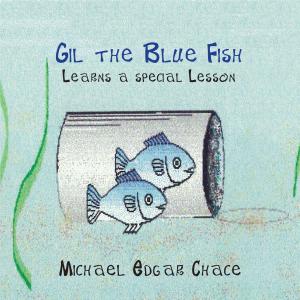| Author: | Harun Yahya (Adnan Oktar) | ISBN: | 9780463013366 |
| Publisher: | Global Publishing | Publication: | June 9, 2018 |
| Imprint: | Smashwords Edition | Language: | English |
| Author: | Harun Yahya (Adnan Oktar) |
| ISBN: | 9780463013366 |
| Publisher: | Global Publishing |
| Publication: | June 9, 2018 |
| Imprint: | Smashwords Edition |
| Language: | English |
A fossil is the name given to the remains or traces of a plant or animal preserved in geologic strata since prehistoric times—or in some cases, remains preserved encased in amber. Fossils collected from all over the world are one of our most important sources of information about the organisms that have existed on Earth since the very earliest times, even hundreds of millions of years ago. Research into fossils enables us to learn about extinct plants and animals, as well as earlier forms of species still in existence today. Thanks to this information, we learn which life forms existed at what epochs in time, what these life forms' features were, and whether they resembled present-day species.
According to Charles Darwin's theory of evolution—whose scientific invalidity has been revealed by subsequent scientific discoveries—all living things are descended from one single common ancestor. Darwin and his followers claimed that very different life forms developed from one another as the result of small changes over long periods of time.
According to the theory's unsupported claims, random coincidences gave rise to the first living cells. Subsequently, those cells that had formed by chance combined together and over the course of millions of years, became marine invertebrates. Later still, they developed spinal cords and became fish. These fish subsequently emerged onto dry land and gave rise to reptiles, from which birds and mammals then supposedly evolved separately.
A fossil is the name given to the remains or traces of a plant or animal preserved in geologic strata since prehistoric times—or in some cases, remains preserved encased in amber. Fossils collected from all over the world are one of our most important sources of information about the organisms that have existed on Earth since the very earliest times, even hundreds of millions of years ago. Research into fossils enables us to learn about extinct plants and animals, as well as earlier forms of species still in existence today. Thanks to this information, we learn which life forms existed at what epochs in time, what these life forms' features were, and whether they resembled present-day species.
According to Charles Darwin's theory of evolution—whose scientific invalidity has been revealed by subsequent scientific discoveries—all living things are descended from one single common ancestor. Darwin and his followers claimed that very different life forms developed from one another as the result of small changes over long periods of time.
According to the theory's unsupported claims, random coincidences gave rise to the first living cells. Subsequently, those cells that had formed by chance combined together and over the course of millions of years, became marine invertebrates. Later still, they developed spinal cords and became fish. These fish subsequently emerged onto dry land and gave rise to reptiles, from which birds and mammals then supposedly evolved separately.















